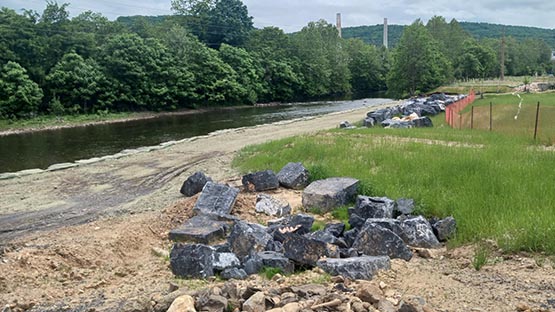
Here’s something you didn’t know about Brennan Armstrong’s first season as the starting QB at Virginia: he put up better numbers in 2020 than his predecessor, Bryce Perkins, did in leading the Cavaliers to the Orange Bowl in 2019.
No, I’m not crazy.
First, the all-encompassing passer efficiency number: Armstrong’s in 2020 was 138.9. Perkins, in 2019, had a 134.2 rating.
Next, the counting numbers.
Perkins, in 14 games in 2019, threw for 3,538 yards and 22 TDs, with 12 interceptions. Armstrong, in eight games and two quarters (in the N.C. State game) in 2020, threw for 2,117 yards, 18 TDs and 11 INTs.
Per game: Perkins averaged 252.7 yards per game, Armstrong 249.1.
Armstrong has the edge in TDs per game (2.1 to 1.6), Perkins the edge in INTs (0.9 to 1.3).
Rushing is where you really get surprised.
Perkins ran for 769 yards and 11 TDs in 2019 – 54.9 yards and 0.8 TDs per game.
Armstrong in 2020: 552 yards, five TDs – 64.9 yards and 0.6 TDs per.
More total offense for Armstrong – 314.0 yards per game to Perkins’ 307.6.
More TDs per game – 2.7 to 2.5.
Better numbers, and the good thing is, Armstrong is back for Year 2.
His focus this spring is on that one area that stood out early and late – the turnovers.
Armstrong threw two INTs in each of his first three starts – the win over Duke in the opener, the losses to Clemson and N.C. State – and then in the ugly loss in the finale at Virginia Tech.
“Those things will kill you,” Armstrong said this week, as UVA gets into Week 2 of spring practice. “I put my defense in bad situations sometimes, and then we get down on the scoreboard. Field position, turnovers kill that, and we need those type of things to win ballgames.
“I need to just be smart with the ball when I need to be, use my legs when I have to. I feel like I did a lot better than obviously in the second half of the season,” Armstrong said.
Armstrong and quarterbacks coach Jason Beck both attributed at least the early season issues to the oddness of the pandemic year. Virginia didn’t get spring practice, and missing out on that, and then individual drills in the summer, limited Armstrong’s ability to build rapport with his receivers and tight ends that you would get in a normal year.
“It was a risk coming into the year, and something we were working very carefully and to be on top of, because that (turnovers) is an issue with any young quarterback, but especially with certain styles of players,” said Beck, who noticed that “as the game slowed down for him a little bit, it worked itself out, with him being a little cleaner.”
“Part of it is, in those early games, just trying to do too much in some of those situations caused the problems,” Beck said. “There’s just some growth that took place there with how valuable that football is and how huge turnovers are, until you cherish at the higher level.”
“First year quarterback, new guys coming in, receivers, you know, just everybody being new, yeah, not having that offseason made it a little tougher,” Armstrong said. “But you know, that’s why I’m excited about this offseason. We have a lot more time to prepare and work together.”
Armstrong has a season under his belt, and now gets a spring and a normal summer, so, yeah, that should definitely help.
That this is Year 4 for him in the program – Armstrong will be a redshirt junior in the fall – should also help.
Armstrong has had time to learn offensive coordinator Robert Anae’s scheme, and now has a year of game reps to build from.
“We want to see him take a step forward with everything he’s doing across the board, with more efficient play, being able to hit more big plays, when the opportunities are there, cut down on those turnovers, just improve his game across the board. And he’s ready for that, and working really hard to grow and develop as a player and in his performance,” Beck said.
Armstrong’s answer to a question about his approach to execution says a lot about where he is in terms of development.
“The play call determines a lot of things. Down and distance determines a lot of things. I think just having those thoughts run through my head consistently every single day, with down and distance, play call, when to use my feet, when to scramble to make a play down the field with a receiver in a scramble drill, I think just consistency with that stuff, I think that’s just going to come together, and it’ll just start clicking to when should I do this, when I shouldn’t do this. It’s just going to come with time and doing it over and over again,” Armstrong said.
Story by Chris Graham










